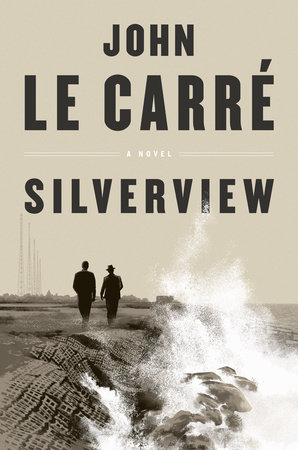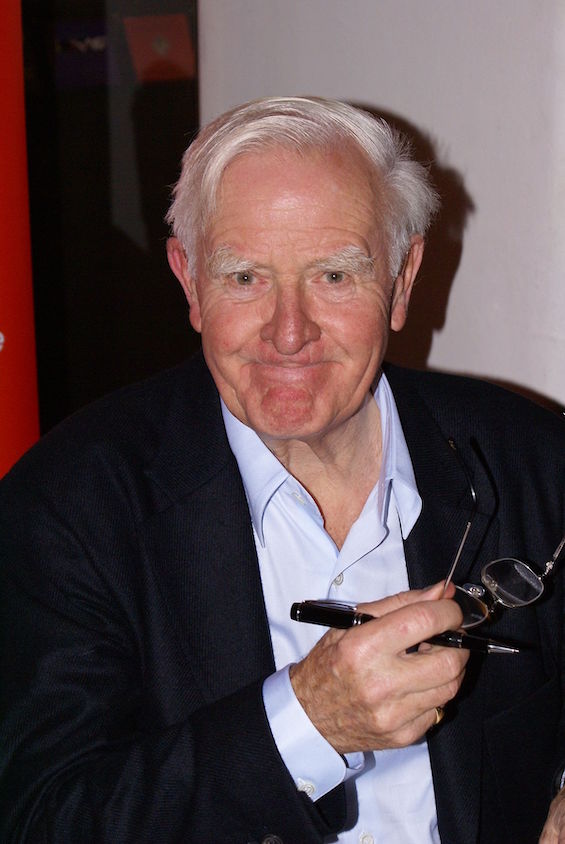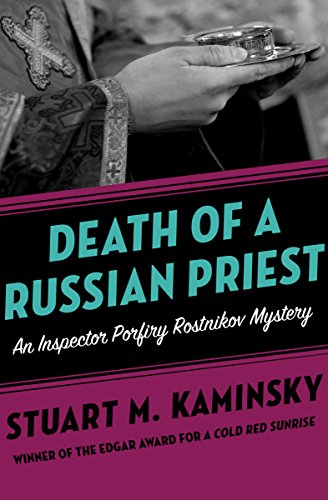
Before the advent of spy satellites and the Internet, espionage was a game played out largely by people with only the most minimal intervention of machines. Not entirely so, of course. Nazi Germany had its Enigma machines, and Bletchley Park its analog and primitive digital computers to decipher the messages they encrypted. And the U-2 spy plan went into service in the 1950s. But the Japanese Empire relied on code books little different from those of centuries past. And the Cold War that followed was waged largely by intelligence officers and their agents until the widespread deployment of satellites and computers in the 1980s. But those days are long past in John le Carré’s last novel, Silverview, a nostalgic look at espionage.
A nostalgic look at espionage
That game—the spy game, or HUMINT—was the stuff on which John le Carré built a six-decade career as a novelist. His early works, such as The Spy Who Came In From the Cold and Tinker Tailor Soldier Spy, dealt with the world le Carré had himself experienced in MI6 only a few years earlier. The game was still actively underway in the first decades of his career. But in more recent years, much of his writing has looked back at yesterday’s intelligence wars through the eyes of aging or retired spies. The author’s posthumous last novel is a case in point.
Silverview by John le Carré (2021) 184 pages ★★★★☆

A dying spy, a mysterious man, and a refugee from the City
Silverview opens as a young woman delivers a sealed letter from her mother to Stewart Proctor in London’s West End one rainy evening. Lily’s mother, we learn later, is Deborah Garton. Like Stewart, she is a senior officer in the Secret Intelligence Service, or MI6. But Deborah now lies dying at her palatial home by the sea in East Anglia.
Meanwhile, Julian Lawndsley greets a mysterious man who wanders into his bookshop. Lawndsley is 33, a former trader who grew wealthy in the City but tired of the compromises involved in making money. Three months ago, he moved to this small seaside town on the shore of the North Sea and bought the bookstore there. The visitor is an older man with the faint traces of a foreign accent. Though he buys nothing, he engages Julian in conversation. And this is merely the first of a long series of visits Edward Avon (“like the river”) will make to the store. The two eventually collaborate on a major project Edward dreams up: converting the store’s basement into a library of literary classics.
The spy game is a family affair
Edward, we learn, is Deborah’s husband. He himself appears to be a spy. And as the story unfolds, Julian will become deeply involved with Edward, Deborah, and their daughter, Lily—and all four of them will find their lives upended by Stewart Proctor’s investigation into a leak of top-secret information that is turning up all over the Middle East.
Le Carré adroitly draws us ever more deeply into the lives of his principal characters, laying bare their deepest fears as well as their fondest hopes. They all live in a dark world, where black and white inevitably merge into gray and no one ever attains a full measure of satisfaction, much less happiness. This is the old master at his best, offering us a nostalgic look at espionage. As one old spy says to Stewart, “The thing is, old boy—between ourselves, don’t tell the trainees or you’ll lose your pension—we didn’t do much to alter the course of human history, did we? . . . As one old spy to another, I reckon I’d have been more use running a boys’ club. Don’t know what you feel.” And what Stewart feels appears to be little different.
About the author

David John Moore Cornwell, who is known to us as John le Carré, died in December 2020 at the age of 89. On his deathbed, he had extracted a promise from his youngest son, Nick Cornwell: “if he died with a story incomplete on his desk,” Nick would finish it. And he found the manuscript for Silverview on his father’s desk, “not incomplete, but withheld. Reworked, and reworked again.” And it was not “bad,” as he had feared, but “fearsomely good.” Nick cleaned up the bloopers, typos, technical slip-ups, and “a very occasional muddy paragraph.” Which is how the finished project saw the light of day a mere few months later. And just in case you’re wondering, Nick Cornwell is a writer with six novels and one book of nonfiction under his belt. He writes under the pen name Nick Harkaway.
For more reading
I’ve reviewed The Spy Who Came In From the Cold and four other spy novels by John le Carré:
- Our Kind of Traitor (The spy who never left the cold)
- Our Game (British espionage at the end of the Cold War)
- A Legacy of Spies (The Cold War reexamined in John le Carré’s terrific new novel)
- Agent Running in the Field (John le Carré doesn’t like Donald Trump)
You might also enjoy my posts:
- The 10 top espionage novels reviewed on this site
- 30 good nonfiction books about espionage
- 20 excellent standalone mysteries and thrillers
If you read spy thrillers, consider dipping into the work of these other excellent authors:
- Joseph Kanon’s spy thrillers are superb
- Charles Cumming’s first-rate spy thrillers
- Dame Stella Rimington’s Liz Carlyle series of top-notch espionage novels
- The evocative Night Soldiers series from Alan Furst
And you can always find my most popular reviews, and the most recent ones, plus a guide to this whole site, on the Home Page.

























